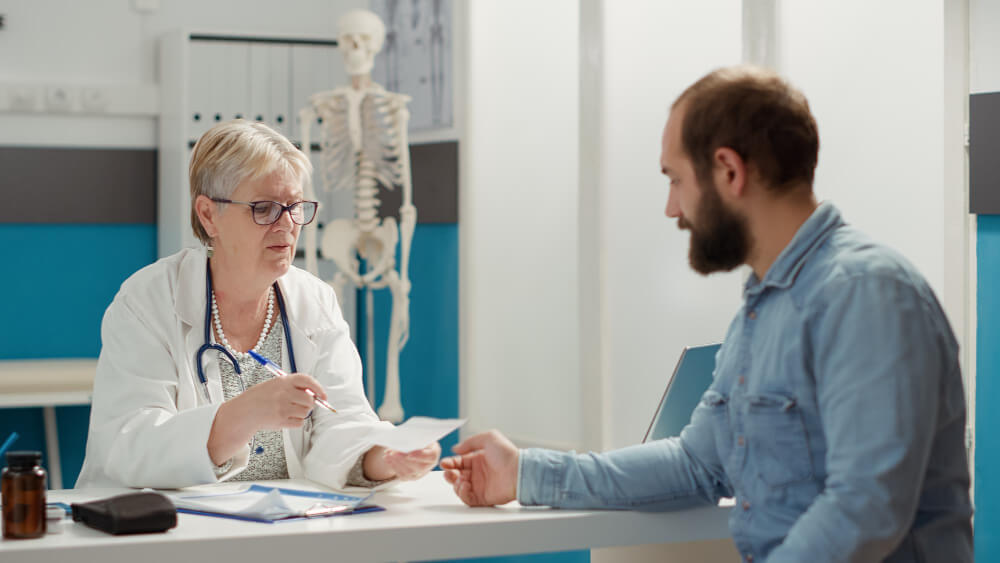Auto Accident Neck Injuries
Auto accidents can cause a variety of injuries, including neck injuries that can significantly impact daily life and well-being. Whiplash is a common type of neck injury that occurs when the head is suddenly jerked forward and backward, often during a rear-end collision. However, other types of neck injuries can also result from auto accidents, such as sprains, strains, and fractures.

Common Types of Neck Injuries After Auto Accidents
- Whiplash: A sudden, forceful movement of the neck that can cause pain, stiffness, and headaches.
- Cervical Strain: Overstretching of the neck muscles and ligaments.
- Cervical Sprain: Tearing of the neck muscles or ligaments.
- Herniated Disc: A bulging or ruptured disc in the cervical spine.
- Facet Joint Dysfunction: Misalignment of the small joints in the neck.
Symptoms of Neck Injuries
Symptoms of neck injuries can vary depending on the severity of the injury. Common symptoms include:
- Pain in the neck, shoulders, or head
- Stiffness in the neck
- Limited range of motion in the neck
- Headaches
- Dizziness
- Blurred vision
- Numbness or tingling in the arms or hands
Seeking Medical Attention After an Auto Accident
It is important to seek medical attention after an auto accident, even if you do not experience immediate symptoms. Neck injuries may not become apparent until days or weeks after the accident. A healthcare professional can assess for any injuries and provide appropriate treatment.
Diagnosis of Neck Injuries
To diagnose neck injuries, your doctor may perform a physical examination and order imaging tests, such as X-rays, CT scans, or MRIs.
Treatment for Neck Injuries
Treatment for neck injuries will vary depending on the severity of the injury and the underlying cause. Common treatment options include:
- Rest and Ice Resting the neck and applying ice to reduce swelling and pain.
- Over-the-Counter Medications Taking over-the-counter pain relievers, such as ibuprofen or acetaminophen.
- Physical Therapy Exercises to strengthen the neck muscles, improve range of motion, and reduce pain.
- Chiropractic Care Manual adjustments to restore proper alignment of the spine.
- Massage Therapy Relaxing the muscles and reducing tension.
- Acupuncture Using needles to stimulate specific points on the body to relieve pain.
When to Seek Further Medical Attention

If your neck pain persists or worsens, or if you experience any of the following symptoms, seek immediate medical attention:
- Severe pain
- Numbness or tingling in the arms or legs
- Difficulty walking or standing
- Loss of bladder or bowel control
Preventing Neck Injuries in Auto Accidents
While it may not always be possible to prevent neck injuries in auto accidents, wearing seat belts and driving defensively can significantly reduce your risk.
- Wear Seat Belts Always wear seat belts, even in the backseat.
- Maintain a Safe Distance Maintain a safe following distance to give yourself time to react.
- Avoid Distractions Refrain from using cell phones or other distractions while driving.
- Get Regular Vehicle Maintenance Ensure your vehicle is in good working condition.
The Importance of Follow-Up Care
It is important to follow up with your healthcare provider after an auto accident injury to monitor your progress and ensure that your condition is improving.
- Regular Check-ups Schedule regular appointments to assess your recovery and make any necessary adjustments to your treatment plan.
- Gradual Return to Activity Slowly increase your activity level to prevent reinjury.
Neck injuries can have a significant impact on daily life. By seeking appropriate medical care and following a comprehensive treatment plan, individuals can effectively manage neck pain and improve their overall well-being.
